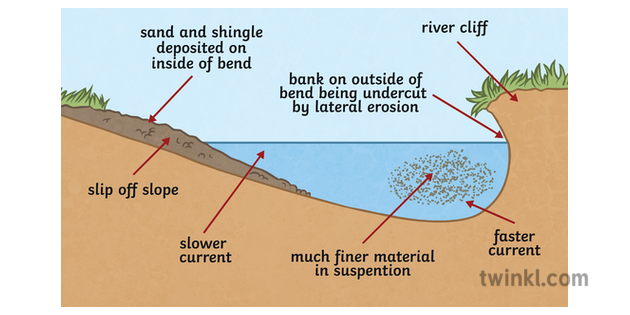SECTION 1: QUESTION AND CONTEXTThe fieldwork question (the precise inquiry) guides the fieldwork investigation. It must be narrowly focused, appropriate and stated as a question that can be answered through the collection of primary information in the field (where appropriate, students can make a brief preliminary judgment or prediction answering the fieldwork question. This prediction may be formulated as a hypothesis).
Students must also comment briefly on the geographic context, explaining why and where the fieldwork investigation is to be carried out. This can include relevant spatial, physical, socio‑economic conditions and other background information, concepts or characteristics. A map of the research area and/or the locations used in the fieldwork investigation is essential to provide the necessary spatial element.
Students must also state the area(s) of the syllabus to which the study relates, whether it is from the topic or development columns within the core, the optional themes or HL extension. It can be drawn from a combination of two or more topics or themes.
The suggested length of this section for work appropriate to criterion A is approximately 300 words.
SECTION 2: METHODS OF INVESTIGATIONStudents must describe the method(s) used to collect information. The description may include sampling techniques, time, location and circumstances of information collection where relevant.
The method(s) used must be justified and must enable a sufficient quality and quantity of primary data to be produced to allow the fieldwork question to be investigated.
The suggested length of this section for work appropriate to criterion B is approximately 300 words.
SECTION 3: TREATMENT AND ANALYSIS OF DATAStudents should treat and display the information collected using the most appropriate techniques. These techniques must be the most effective way of representing the type of information collected and must be well used. The precise techniques employed will differ depending on the nature of the fieldwork question but may include statistical tests (including confidence limits), graphs, diagrams, maps, annotated photographs and images, matrices and field sketches.
In the written analysis, students must demonstrate their knowledge and understanding of the fieldwork investigation by interpreting and explaining the information they have collected in relation to the fieldwork question. This includes recognizing any trends and spatial patterns found in the information collected. Where appropriate, an attempt should be made to identify and explain any anomalies. Students must also refer to the geographic context, information collected and the ways in which the material has been treated and presented.
You should use statistics to process and interpret the data:
- Basic (descriptive) statistics are used to show patterns and summarize information: mean, mode, frequencies, ranges, etc
- Complex statistical calculations are used to interpret the data or make suppositions beyond the data collected: measures of correlation, concentration, dispersion, diversity, various coefficients (e.g. Gini)
The treatment and display of material and the written analysis must be integratedwithin this section.
The suggested length for the work in the section related to criterion C and criterion D is 1,350 words.
SECTION 4: CONCLUSIONStudents should summarize the findings of the fieldwork investigation. There should be a clear, concise statement answering the fieldwork question. It is acceptable for the conclusion to state that the findings do not match the student’s preliminary judgment or prediction.
The suggested length of this section for work appropriate to criterion E is approximately 200 words.
SECTION 5: EVALUATIONStudents should review their investigative methodology, including methods of collecting primary information. Within this, they should consider any factors that may have affected the validity of the data, including personal bias and unpredicted external circumstances such as the weather:
- Limits to where and when you could carry out your survey
- Sampling problems (number of people you could interview, etc)
- Constraints of expense
- Weather problems which skewed the data
- Errors of data collection
- Example of further research you could carry out if you have more time/resources
Students should suggest specific and plausible ways in which the study might have been improved and could be extended in the future.
The suggested length of this section for work appropriate to criterion F is approximately 300 words.
FORMAL REQUIREMENTSThe fieldwork written report must meet the following five formal requirements of organization and presentation:
- The work is within the 2,500 word limit (see the Format section to see what's NOT included in the word count)
- Overall presentation is neat and well structured
- Pages are numbered
- References used for background information are listed using a standardized method
- All illustrative material is numbered, is fully integrated into the body of the report and is not relegated to an appendix
TIPS
